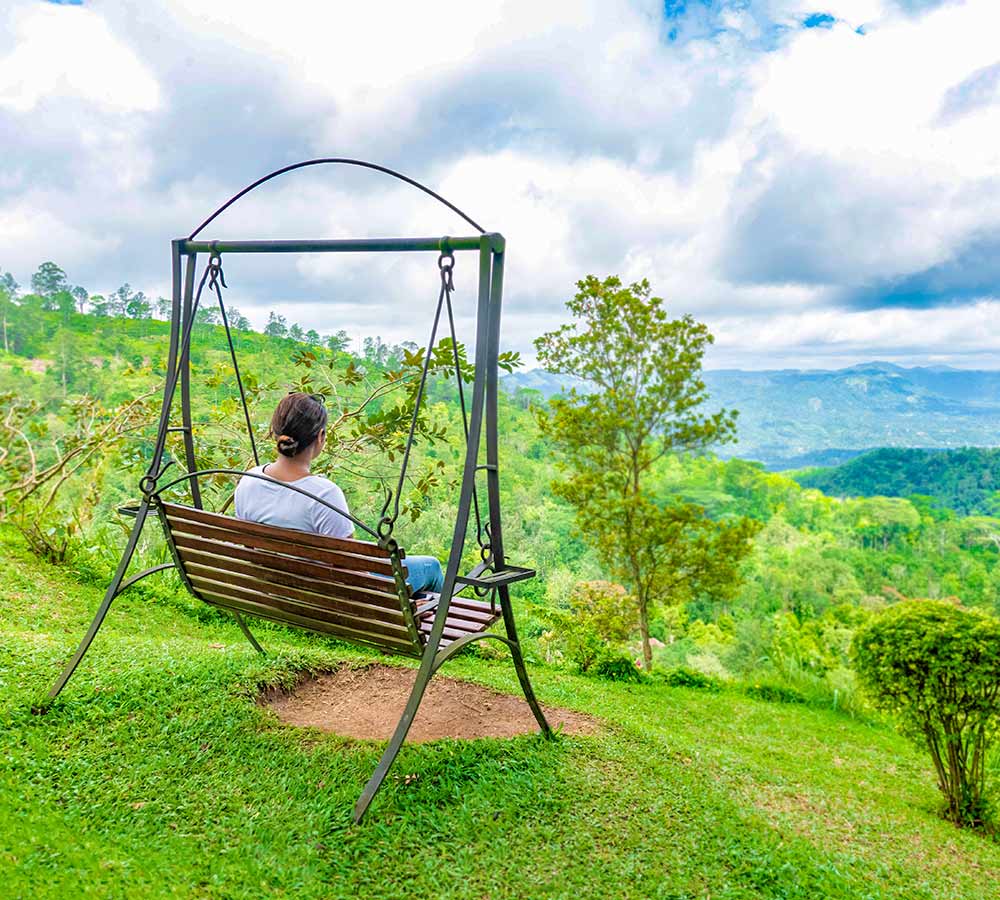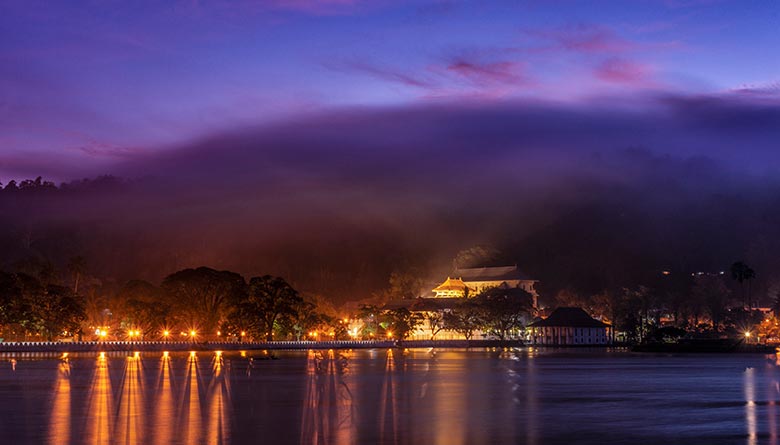The Kandy Lake, in comparison to the great tanks built by kings elsewhere on the island, the Kandy Lake is significantly smaller but has had a very big impact on the shaping of the entire city and has transformed the area around it into an iconic postcard moment. It is a great place to go for a peaceful constitutional if you are staying at a hotel in Kandy.
History
Built in 1807, the Kandy Lake does not come with a long history, having been constructed by King Sri Wickrama Rajasinghe; the last king of Kandy. The area it is in was formerly a paddy field that contained a small pond known as “kiri muhuda” or “sea of milk,” the completed Kandy Lake was also dubbed the same. The lake is surrounded by a patterned wall of cloud-shaped arches called the Cloud Wall. It is unfinished, ending off suddenly towards the right side of the lake as the construction was hindered by the constant colonial attempts at invasions. The king was adamant in getting the lake completed, diverting funds that should have been used to prevent conquest and brutally assassinating the citizens that resisted.
The bend between Kandy Road and Sangharaja Mawatha is the rumoured location where the womenfolk of the Ehelepola household were drowned by the king in a mad rage as he believed that the Ehelepola Nilame; advisor under King Sri Wickrama Rajasinghe, had colluded against the kingdom with the British.
Situation
The lake extends 6,544 square metres with a circumference of 3.21 km. The deepest part is 18.5 metres deep with a small island in the middle on which stand the ruins of what was supposed to be the king’s pavilion for relaxing. Legends also say that it was where he kept his harem.
A floating white pavilion juts out of the lake right below the palace. Called Ulpange, it was the bathing pavilion for the queens and concubines. After the British captured Kandy, they used it as a library by adding another floor to it. Today it is a police post.
Location
The lake stands to the right of the palace complex and the Temple of the Tooth Relic and separates the temple of the Malwatte prelate and is roughly about an hour’s drive from Hunas Falls. According to history, the king constructed a dam between 1810-1812 so he could cross the lake unobstructed. There are legends surrounding this pathway, that this king built a tunnel underground, so he could leave and return to the palace without being seen. The tunnel was said to come out on the other side of the lake or more than 25 km away in a little-known village.


